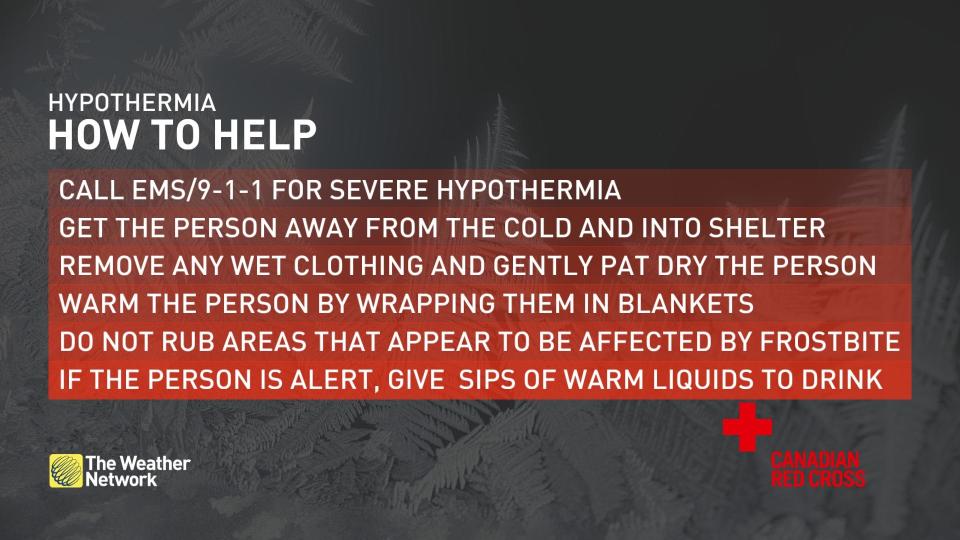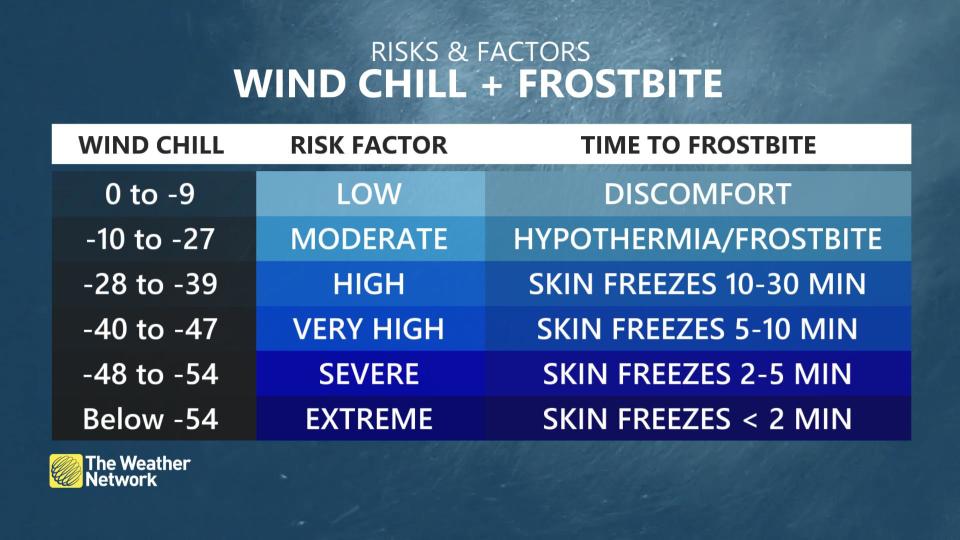


A bitterly cold day can have a significant impact on our bodies that goes far beyond a simple number on the thermometer.
Meteorology is a study of humans as much as it is a study of the weather itself. Every part of a meteorologist’s job—from tracking storms on radar to predicting tomorrow’s high temperature—is done with you and me in mind.
And everyday weather has no greater impact on our bodies than the simple combination of temperature, humidity, and wind. Humidity can make heat lethal. Wind on a cold day can cost you a finger—or worse.

RELATED: What is the polar vortex? How it’s responsible for dangerous cold
There are a number of hidden dangers lurking on a frigid winter’s day.
Extreme cold takes a unique toll on the human body. One of the many ways we stay warm when it’s chilly outside is through our own radiant heat. Our body heat warms up the layer of air touching any exposed skin, which provides us with a little bit of insulation against the harsh chill.
When the wind blows, however, that tiny layer of insulation is stripped away, and the full force of the cold air presses directly against any exposed skin. The harder the wind blows, the more intensely that cold air rubs against our skin.


LEARN MORE: Understanding the warning signs of frostbite
Scientists have spent decades studying how to best account for how gusty winds affect the human body in cold temperatures. They used those findings to create the wind chill, which tells us what temperature it really feels like on exposed skin when it’s both cold and windy.
If the air temperature is -10°C and there’s a 15 km/h wind blowing—not uncommon on any winter day across Canada—the wind chill would make it feel like -17 to your body. And it only gets worse from there.


“The wind chill index allows Canadians to learn the best ways to avoid injuries from the cold,” Environment Canada and Climate Change says. “This includes dressing warmly to avoid frostbite and hypothermia.”
It’s not uncommon to see wind chill values plummet to -40 or beyond during a brutal winter storm, a time during which it’s dangerous to spend any amount of time outdoors with even a slight amount of exposed skin.
DON’T MISS: Why some people feel the cold more than others
Frostbite, a serious condition in which exposed skin freezes, can develop in as little as 5 minutes during those brutal conditions. A potentially lethal case of hypothermia can set in not long after.
Header image courtesy of Getty Images/RealPeople. Group Creative #: 1359419539